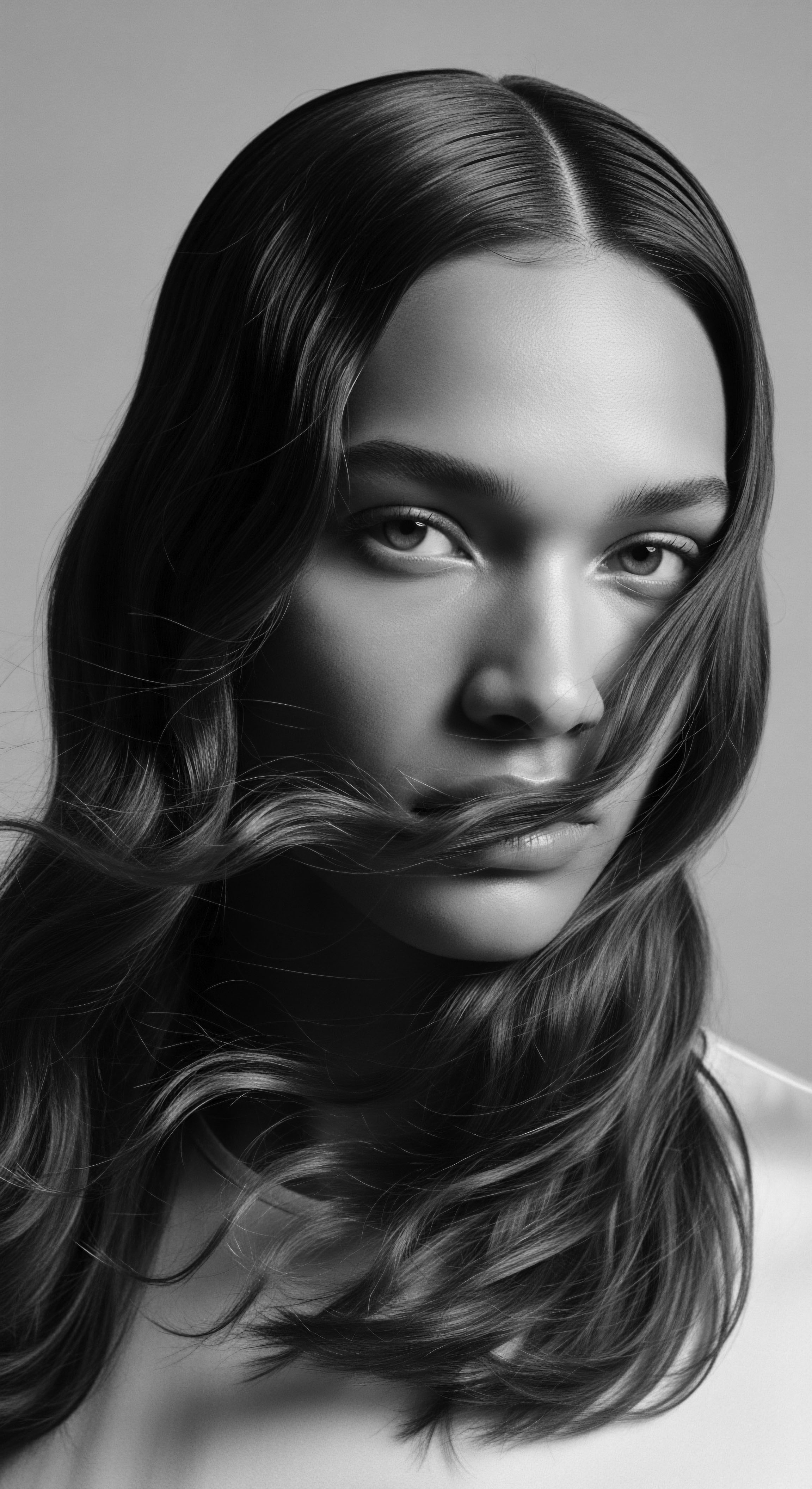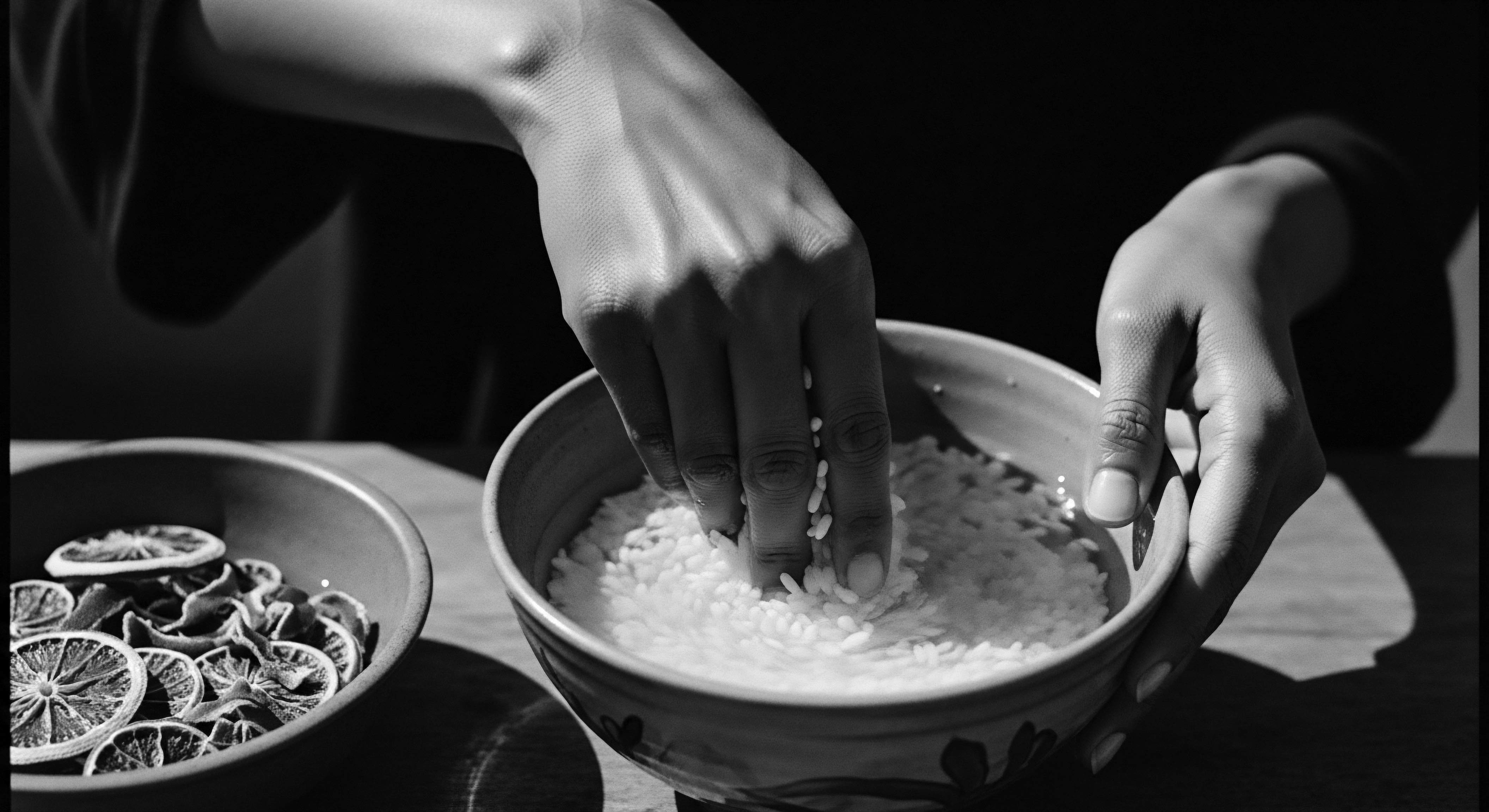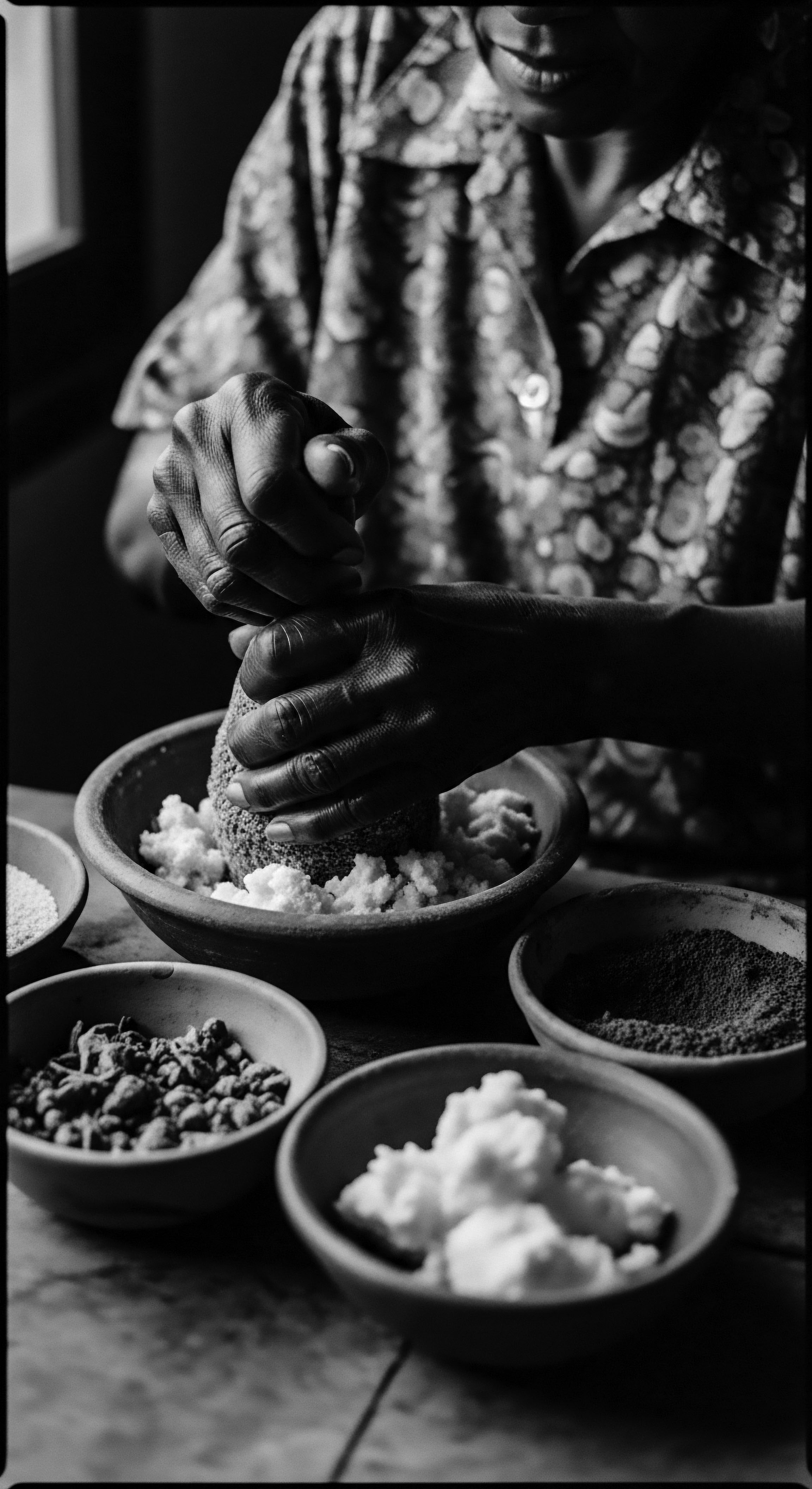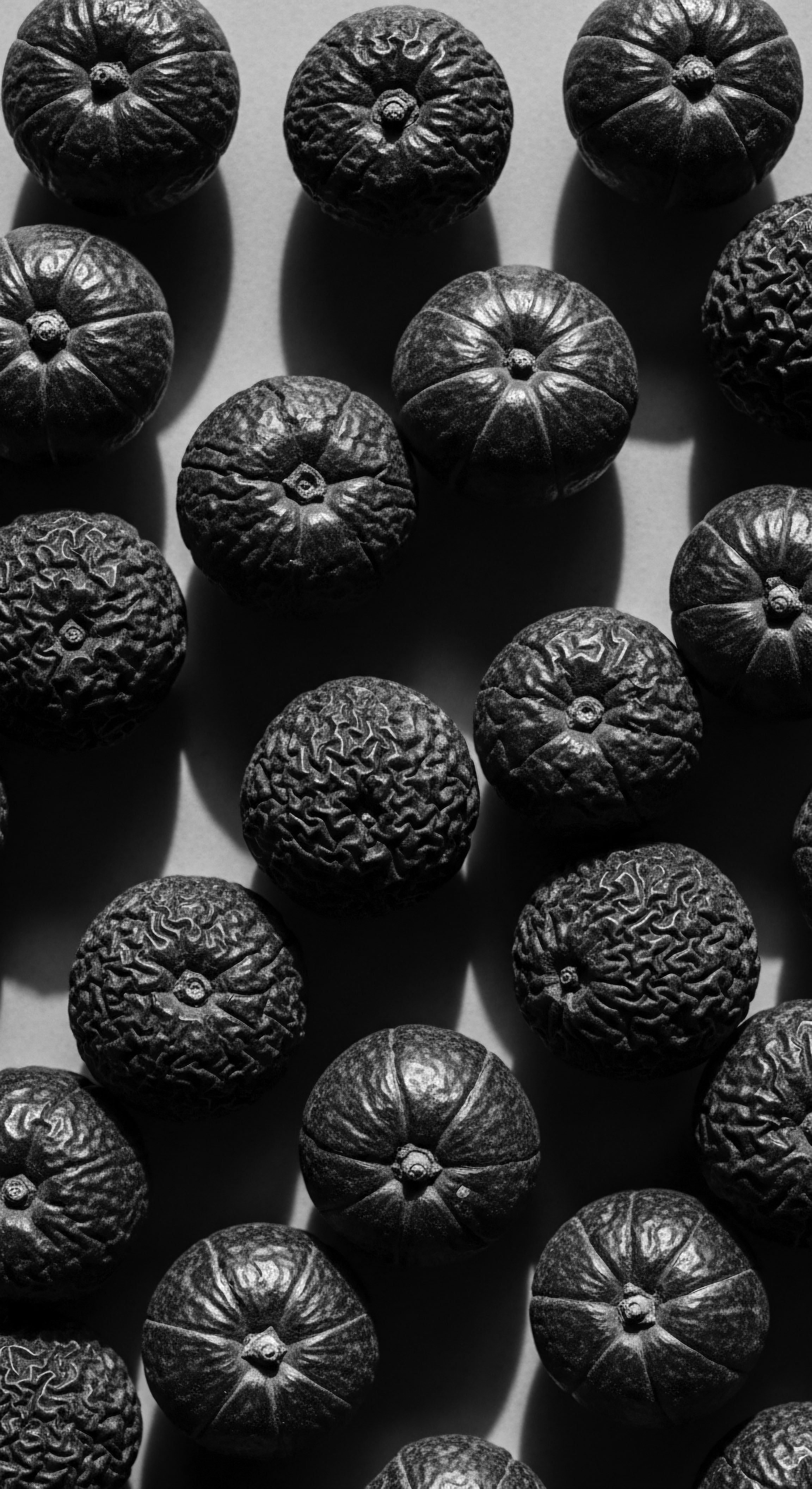
Plant-Based Healing
Meaning ❉ Plant-Based Healing involves deriving hair and scalp benefits from botanicals, honoring ancestral wisdom within Black and mixed-race hair traditions.

What scientific principles explain the enduring effectiveness of ancestral hair remedies for textured strands?
Ancestral hair remedies for textured strands are effective due to inherent scientific principles, deeply intertwined with cultural heritage.

How does textured hair heritage inform modern elasticity remedies?
Textured hair heritage informs modern elasticity remedies through ancestral wisdom emphasizing deep moisture, gentle care, and protective styling.

What ancient plant rituals protect textured hair from sun and city pollution?
Ancient plant rituals, utilizing botanicals like shea butter and amla, offered holistic protection for textured hair against sun and pollution, deeply rooted in cultural heritage.

What traditional ingredients supported textured hair through history?
Traditional ingredients like shea butter, chebe powder, olive oil, aloe vera, and amla supported textured hair by providing ancestral nourishment and protection, honoring its heritage.

How did ancestral practices respect textured hair’s nature?
Ancestral practices respected textured hair's nature through protective styling, natural moisture retention, and deep cultural reverence for its heritage.

